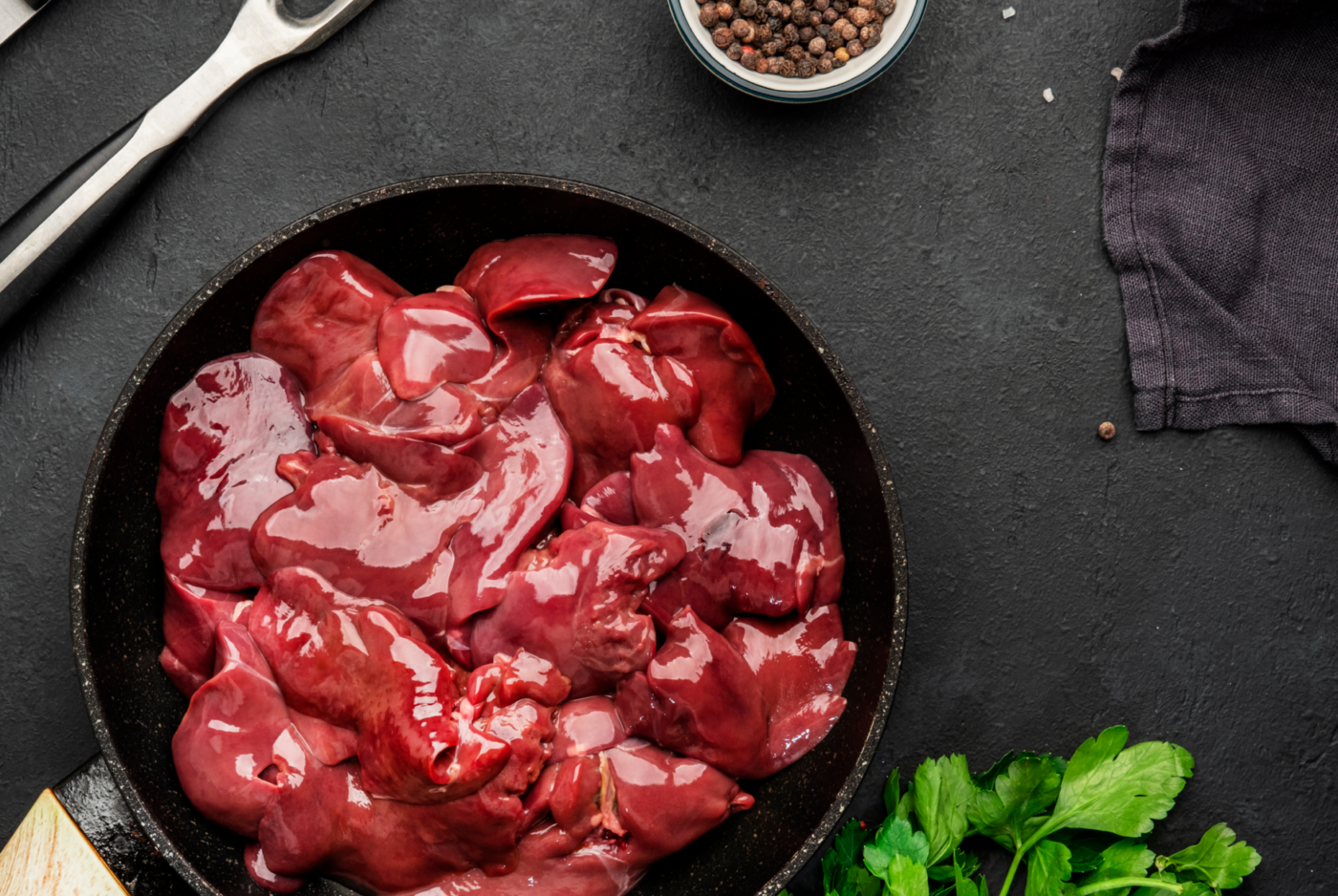Read More: Culinary History of Chicken Livers
Ancient Roots: Reverence and Ritual
The story of chicken livers begins with the domestication of chickens in Southeast Asia thousands of years ago. While the exact origins of their culinary use are lost to time, it’s likely that early humans, practicing a “no-waste” approach to food, consumed all parts of the bird, including the organs.
- Ancient Egypt: Chickens held symbolic significance in ancient Egypt, and evidence suggests that their livers, along with other organ meats, were consumed. Given the Egyptians’ advanced culinary practices, it’s plausible that they developed specific recipes for preparing chicken livers.
- Ancient Rome: The Romans, known for their love of elaborate feasts and rich flavors, considered organ meats, including liver, to be delicacies. Apicius, the famed Roman gourmand, likely included chicken livers in some of his recipes, although specific mentions are rare. The Romans were known to force-feed geese to enlarge their livers, creating a precursor to foie gras, suggesting an appreciation for the rich, fatty texture of liver.
Medieval Europe: A Staple in the Pot
During the Middle Ages, chicken became a more common food source across Europe, and chicken livers continued to be valued for their nutritional content and flavor.
- Peasant Fare: For the peasantry, chickens provided a readily available source of protein, and no part of the bird was wasted. Livers, along with other organs, were likely added to stews, pottages, and pies, providing essential nutrients and enriching the flavor of these simple dishes.
- Royal Tables: While perhaps not as prominently featured as other delicacies, chicken livers likely found their way onto the tables of the nobility as well. Medieval recipes often involved complex spice blends and rich sauces, suggesting that chicken livers may have been incorporated into elaborate dishes for special occasions.
The Renaissance and the Rise of Refined Cuisine
The Renaissance brought a renewed interest in classical cuisine and a flourishing of culinary innovation.
- Italian Influence: Italy, at the forefront of Renaissance culinary arts, likely developed more refined preparations for chicken livers. Recipes for sauces and pasta dishes incorporating livers may have emerged during this period.
- French Beginnings: The foundations of classical French cuisine were also laid during this time. While specific recipes are scarce, it’s probable that chicken livers were used in early forms of pâtés and terrines, precursors to the sophisticated preparations that would later become synonymous with French gastronomy.
17th and 18th Centuries: The Golden Age of Pâté
The 17th and 18th centuries witnessed the rise of French cuisine as the dominant culinary force in Europe. This era marked a golden age for pâté and terrine making, with chicken livers playing a starring role.
- Pâté de Foie Gras: While most famously made with the fattened liver of a goose or duck, the concept of foie gras (fat liver) likely influenced the development of chicken liver pâté.
- Courtly Cuisine: Elaborate pâtés and terrines, often incorporating chicken livers along with other meats, spices, and herbs, became a staple of aristocratic dining. These dishes were not only delicious but also served as a display of wealth and culinary skill.
19th Century: From Haute Cuisine to Home Cooking
The 19th century saw the gradual democratization of food, with culinary knowledge and techniques spreading beyond the confines of royal courts and aristocratic kitchens.
- Classic French Cuisine: The principles of classical French cuisine, codified by chefs like Antonin Carême, continued to emphasize the use of chicken livers in pâtés, terrines, and sauces.
- Regional Variations: Across Europe, regional variations of chicken liver preparations emerged. In Italy, crostini with chicken liver spread became a popular appetizer. In Eastern Europe, Jewish cuisine embraced chopped chicken liver as a traditional dish.
20th Century and Beyond: A Shifting Landscape
The 20th century brought significant changes to food production, consumption, and culinary trends.
- Industrialization of Food: The rise of industrial farming and mass-produced food led to a decline in the consumption of organ meats, including chicken livers, in many Western countries.
- Fast Food and Convenience: The growing popularity of fast food and convenience meals further marginalized traditional preparations of chicken livers.
- A Culinary Revival: In recent decades, there has been a renewed interest in traditional cooking methods, nose-to-tail eating, and the unique flavors of organ meats. Chefs and home cooks are rediscovering the versatility and nutritional value of chicken livers.
Chicken Livers Today: A Culinary Renaissance
Today, chicken livers are experiencing a culinary renaissance.
- Gourmet Appetizers: Chicken liver pâté, mousse, and parfait are once again gracing the menus of fine dining restaurants, showcasing the ingredient’s luxurious texture and rich flavor.
- Rustic Charm: Simpler preparations, like pan-fried chicken livers with onions or bacon, are also gaining popularity, highlighting the liver’s inherent deliciousness.
- Global Influences: Cuisines from around the world, such as Italian, Jewish, and Middle Eastern, continue to inspire new and exciting ways to prepare chicken livers.
- Nutritional Powerhouse: The recognition of chicken livers as a nutritional powerhouse, packed with vitamins, minerals, and protein, is further fueling their resurgence.
Conclusion
The culinary history of chicken livers is a testament to the enduring appeal of this often-underappreciated ingredient. From ancient feasts to medieval stews, from the refined pâtés of French cuisine to the rustic dishes of home cooks around the world, chicken livers have played a significant role in shaping our culinary landscape. As we continue to explore the diverse and delicious world of food, the humble chicken liver, with its rich history and unique flavor, is sure to remain a cherished ingredient for generations to come. Its story is a reminder that even the simplest ingredients can carry a profound culinary legacy, connecting us to cultures and traditions across time.


Share
Click on the icons below to share "Title of the item to share"